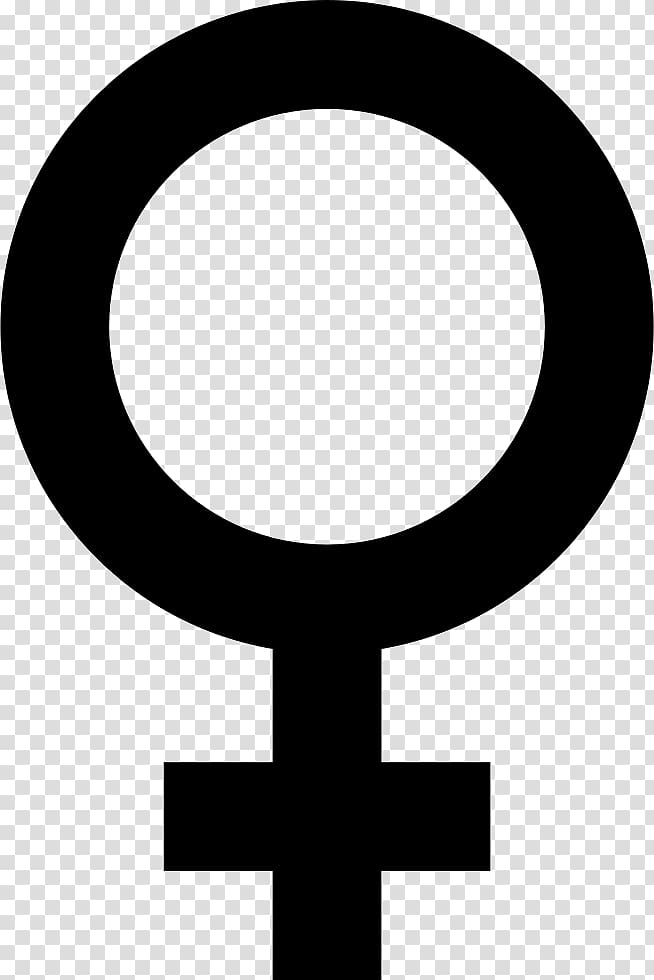

They were utilized for the first time to denote the effective sex of plants by Carl Linnaeus in 1751.

They are derived from astrological symbols, denoting the classical planets Mars and Venus.

The two standard gender symbols are the Mars symbol ♂, which is usually considered to represent a shield and spear, for males, while the Venus symbol ♀, which is usually considered to represent a bronze mirror with a handle, for females. In contrast, the symbol of female represents the mirror of Venus, was rejected by scholars. Two popular associations sometimes made with the symbols today say that the symbol for males also represents the shield of Mars. They came to associate various heavenly bodies with their powerful gods, Mercury, Venus, Mars, Zeus (Jupiter), and Cronus or Saturn.Įach of the heavenly bodies, together with its god, was associated with some metal. Logically, then, some ancient scholars started to study the heavens to predict better, or also prepare for the future. The ancient cultures, after observing how the movements of heavenly bodies such as the Sun and the planets heralded a corresponding change in events on our planet, came to believe that there was a causal relationship. The symbols themselves are ancient, and the associations which they make a date back to the dawn of civilization. The shape of the Mars symbol was connected to an iron-tipped spear, i.e., a weapon which is mainly utilized by men, and the form of the Venus symbol to a bronze mirror or a distaff, which is connected with women in the past. Representing two planets, iron, copper, the gender symbols for a male and female, hold a lot of meaning and symbolism in the world.


 0 kommentar(er)
0 kommentar(er)
